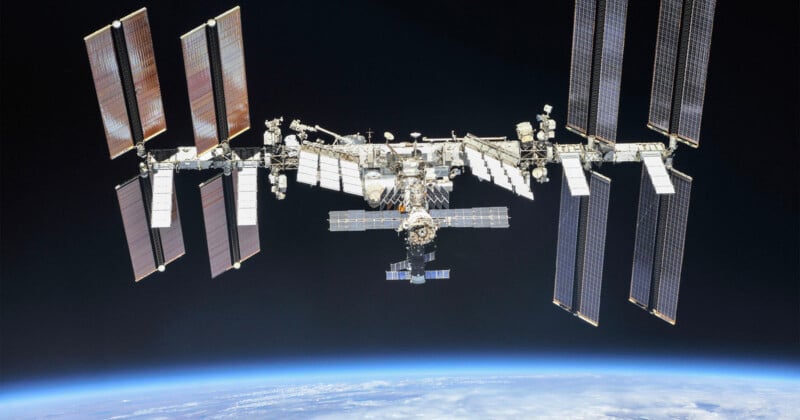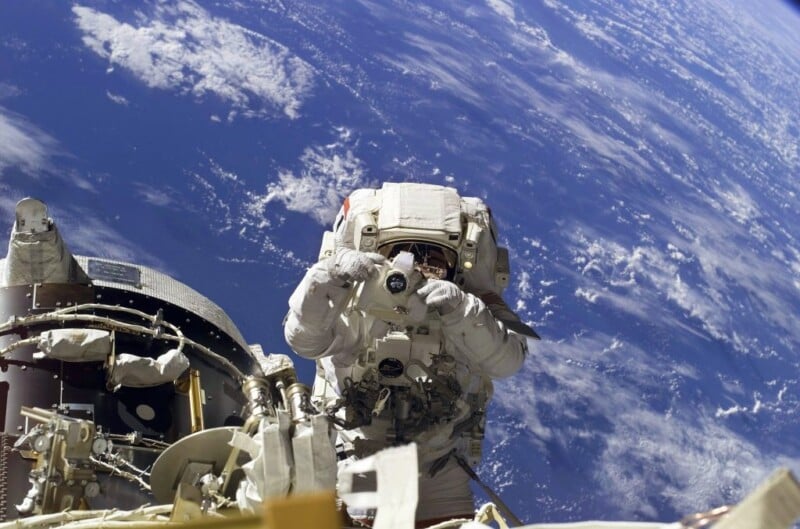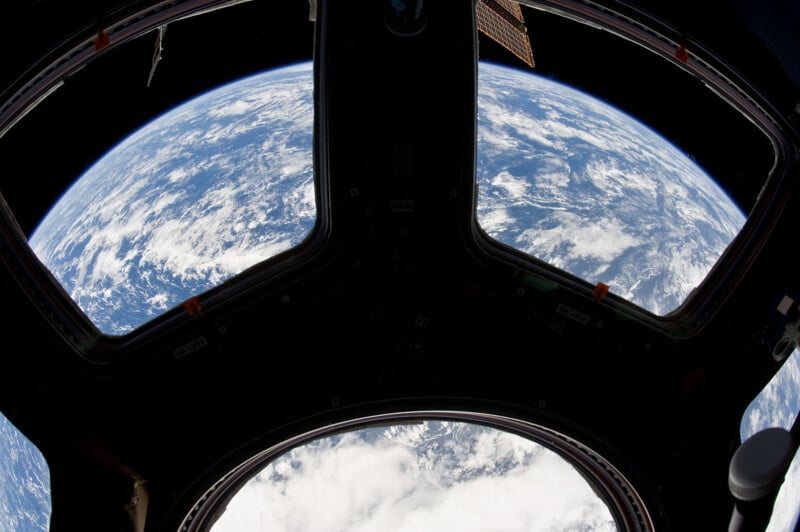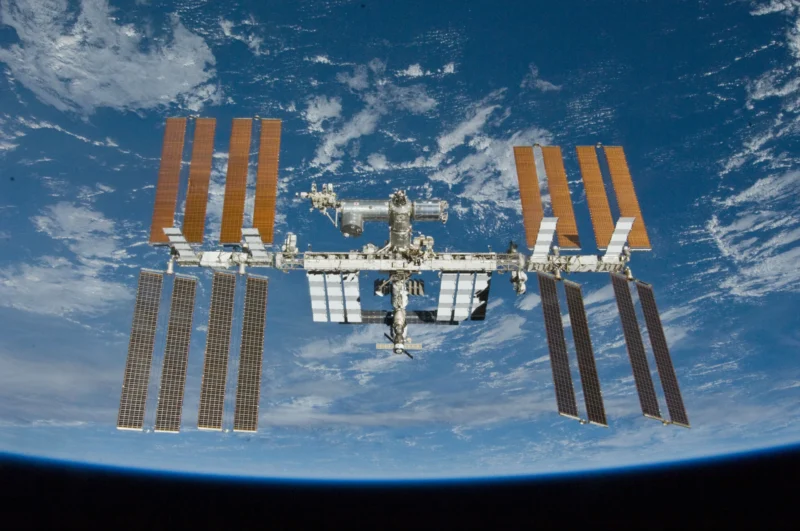
The International Space Station (ISS) has been equipped with a large batch of Nikon Z9 cameras as the astronauts there prepare to finally retire the Nikon DSLRs that have served as the primary systems in orbit for years.
Nikon says that 13 Nikon Z9 cameras, 15 FTZ II adapters, and more than 15 Nikkor Z lenses (including super-telephoto and macro lenses) were launched to the ISS in January aboard the 20th Northrop Grumman commercial resupply services mission for NASA. The Cygnus cargo spacecraft, carried on the SpaceX Falcon 9 rocket, launched from Space Launch Complex 40 at Cape Canaveral Space Force Station on January 30, 2024.
The Japanese camera company considers this a landmark achievement for the Nikon Z series, as it will be Nikon’s first mirrorless camera used by the space station crew. The cameras are replacing the current inventory of Nikon D6 and D5 SLR cameras on the ISS (the D5 has been “in service” above Earth since 2017).

Since the Apollo 15 mission more than 50 years ago, Nikon cameras and lenses have been used by NASA for space exploration on various missions and the space shuttles. Starting in 1999, Nikon cameras (Nikon F5) and Nikkor lenses have been used aboard the orbiting laboratory to aid in scientific research, maintenance, and aiding astronauts capturing the iconic images of Earth, the heavens, and beyond. The gear is used both inside the space station, but also in the unrelenting vacuum of space in a special “blanket” developed by NASA. In 2008, NASA took delivery of the D2XS digital SLR, and in 2013, 38 Nikon D4 digital SLR cameras and 64 Nikkor lenses were delivered to the space station crew.
Of note, cameras taken into space don’t have a long shelf life. As astronaut Don Pettit explained to PetaPixel last year, the sensors are bombarded with “cosmic rays” and the sensors become damaged, giving them about a six month shelf life. These Nikon Z9s that were launched last month, therefore, will likely be replaced by another batch this summer.

As also mentioned in that article, Nikon creates custom firmware for the space-bound cameras that is designed to better serve astronauts. This includes expanding noise reduction to faster shutter speeds to account for the constant bombardment of cosmic radiation that the crew and gear are subject to about the space station. Additional changes have been made to the file naming sequence, as well as default settings and controls that are optimized for life aboard the orbiting laboratory and when enclosed in the protective covering for exterior missions. Changes have also been made to the in-camera FTP and transfer protocol to simplify the astronaut’s workflow, increase efficiency and reduce power consumption when sending images from space to Earth. More information about this process can be read in PetaPixel‘s previous coverage.

“Nikon firmly believes in NASA’s mission of space exploration and pioneering research, and we will continue to work closely with the space agency to make sure they are properly equipped,” Naoki Onozato, President and CEO, Nikon Inc., says. “The brave crew have to withstand the rigors of space exploration, but we want to help to make sure they won’t have to worry about their camera equipment.”
NASA has worked with Nikon for a long time, dating back to 1971 when a custom Nikon Photomic FTN was used on the Apollo 15 mission. In 2017, NASA ordered a batch of 53 Nikon D5 DSLRs for the ISS. Moving forward, expect that to be the Z9 — at least until Nikon makes a new flagship.
